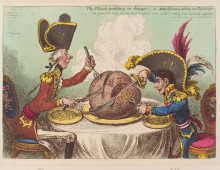Making our virtual reality Women’s March Through Time with Lancaster University
June 30, 2021 - Kate McNab in News & Blog Posts
The IT Partnering and Innovation team at Lancaster University worked with Key Stage 3 pupils from Grange School in Bradford and New Focus photography group to create a revolutionary virtual women’s march through time.
Find out how to make your own virtual march in the classroom.
1. Inspiration and ideas
Students were introduced to the Age of Revolution (see the video). In particular, some of the women who had been involved in activism, campaigning and resistance, and objects relating to them such as:
They visited the Peace Museum in Bradford to find out more about the history of women and protest.
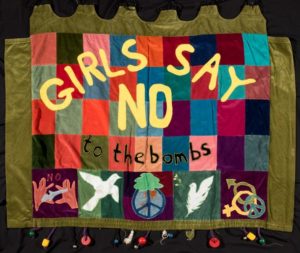
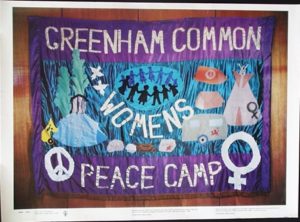
Banners from the Peace Museum collection
The students discussed how and why women had campaigned for change and which campaigns they thought were most inspiring. After sharing this with the group, they voted on the women and campaigns they thought should be included in their virtual march.
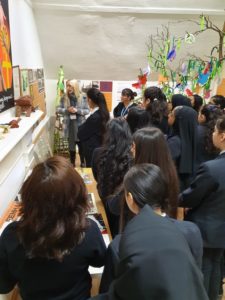
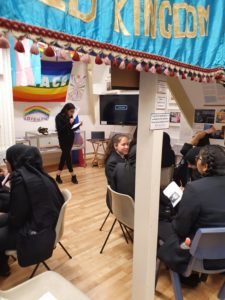
2. Generating content
Working in small groups, the pupils talked about the different women they had chosen to focus on. They wrote and drew ideas on a big piece of paper, including what image or object they would use to represent each woman and an idea or activity that people could be done at home or in the classroom to learn more. Students also used a 3D camera to capture images of Bradford to use on the march.
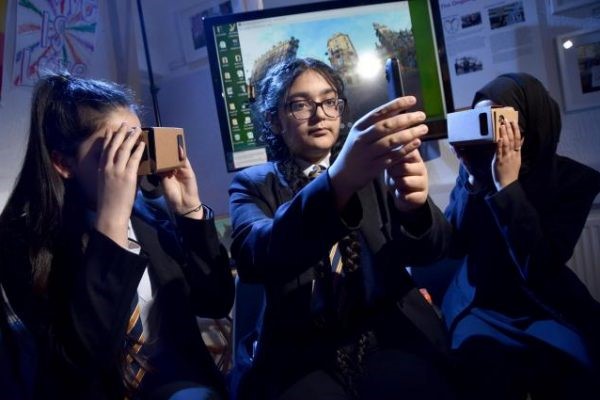
3. Building the march
Lancaster University’s IT Partnering and Innovation team worked with all the content generated by the students to produce a virtual reality experience – a virtual women’s march through time – and a set of resources, as part of the ‘Remembering Resistance’ project, which can be viewed here.


